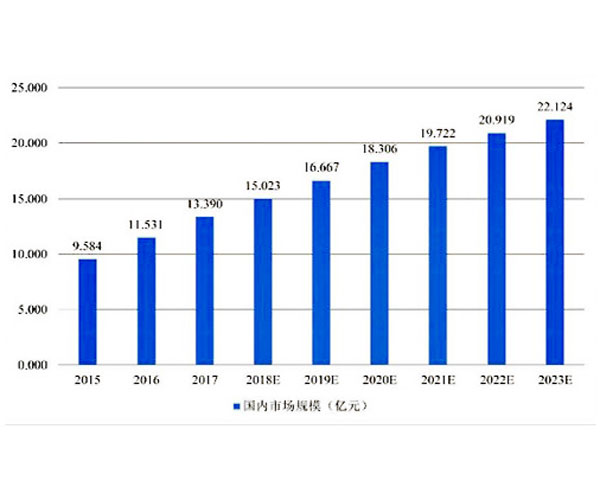How to Identify the Five Standards for Conformity in Vacuum Blood Collection Procurement
How can you distinguish whether the quality of vacuum blood vessels is qualified during procurement acceptance? Do you have such worries? Today, Health Healthcare is here to conduct a science popularization for you to solve the problem of product quality acceptance during the procurement of vacuum blood vessels.
According to the pharmaceutical industry standard YY 0314-1999 idt ISO 6170:1995 of the People's Republic of China, if one of the following five indicators is missing, it is considered a non-conforming product.
1. Suction volume experiment: The suction volume, i.e. the amount of blood drawn, has an error of ± 10%, otherwise it is considered unqualified. Inaccurate blood draw is currently the main problem. This not only leads to inaccurate inspection results, but also causes blockage and damage to the inspection instruments.
2. Container leakage test: Invert the vacuum blood collection vessel containing sodium fluorescein composite solution in deionized water for 60 minutes, and observe normal vision in a dark room under a long wavelength ultraviolet light source without fluorescence. It is considered qualified. Container leakage is the main reason for inaccurate blood collection volume from vacuum blood collection vessels.
3. Container strength experiment: The container is qualified if it is subjected to a centrifuge with a centrifugal acceleration of 3000g for 10 minutes and does not rupture. The strict requirement in foreign countries is that the vacuum sampling tube should be placed 2 meters above the ground and not rupture when vertically placed, which can prevent accidental damage to the test tube and loss of the specimen.
4. Minimum Free Space Experiment: The minimum space to ensure sufficient blood mixing. The blood draw volume is 0.5ml-5ml, greater than+25% of the blood draw volume; For those with a blood draw volume greater than 5ml, a blood draw volume greater than 15%.
5. Precision experiment of solvent, solvent to mass ratio, and solution addition: The error should be within ± 10% of the specified standard plant. This is a common and easily overlooked problem, which is one of the main reasons for inaccurate inspection data




